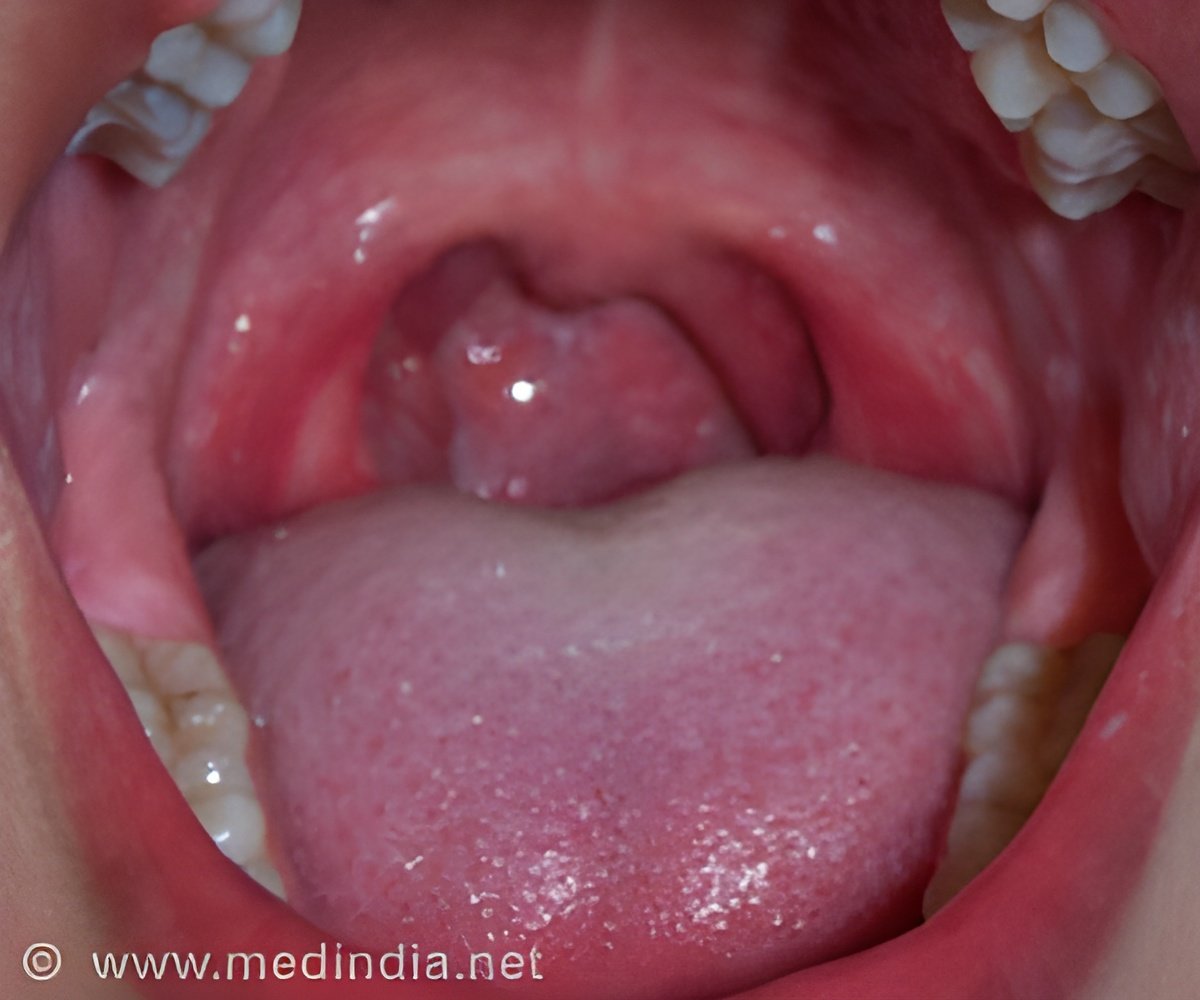Taste cells are not limited to the tongue, they are present in the digestive and respiratory tracks as well.

‘Skn-1a is a master regulator for the generation of Trpm5-expressing chemosensory cells throughout the body.’





Now, researchers have found that a protein called Skn-1a behaves as a master regulator for the generation of these cells across multiple tissues and organs. "Based on our previous studies, we knew that Skn-1a plays an essential role in generating these cells, for example, in the nose," says Junji Hirota, associate professor at the Center for Biological Resources and Informatics, Tokyo Institute of Technology (Tokyo Tech).
In the new study published in PLOS ONE the researchers comprehensively analyzed multiple tissues using knockout mice and bio-imaging techniques. "One by one, we found that without Skn-1a, the sensory cells were not generated," says Hirota. "All of our results indicated that Skn-1a is a master regulator for the generation of these cells throughout the body."
The study arose from a collaboration between two teams -- one led by Hirota, a specialist in olfactory systems, and the other by Ichiro Matsumoto, an expert on taste receptors at the Monell Chemical Senses Center in Philadelphia.
Hirota says: "Our collaboration is very fruitful -- by working together, we can extend our knowledge beyond the nose and tongue to the whole body." Following Matsumoto's original discovery of Skn-1a, published in Nature Neuroscience in 2011, the two teams found that Skn-1a is vital for generating chemosensory cells in the nasal respiratory epithelium (in 2013) and the main olfactory epithelium (in 2014).
Advertisement
Many questions remain about why these cells are found in such a wide range of organs.
Advertisement
The thymus is particularly intriguing, says Hirota, as it is different to the respiratory and digestive systems, and could lead to new research directions in immunology.
In the urethra, chemosensory cells may help protect the body against infections, for example by sending signals to release more urine, thus ridding the body of potentially dangerous bacteria or toxins.
"If we can identify the receptor types expressed by these chemosensory cells, we can enhance our understanding of how they detect hazardous compounds," Hirota says. "Then, by studying which ligands or substrates bind to these receptors, it may be possible to identify new candidate drugs in future."
Source-Eurekalert









